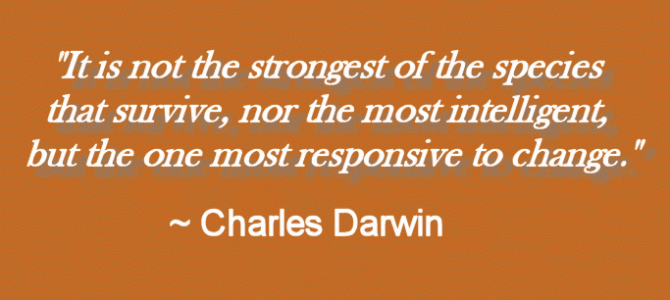Well, happy anniversary everyone! We are now officially past the year mark since the W.H.O. declared COVID-19 a global pandemic. And it’s been a year like no other.
Back on March 11, 2020, we couldn’t have imagined what we were in for. COVID-19 was a mystery, and we had no idea what to expect. The phrase “new normal” suddenly became popular.
Our initial reaction to the big shut down was positive, sometimes comical. We can DO this! We hoarded toilet paper. We baked bread, made Quarantinis, and we stood outside every evening at 6pm and banged our pots and pans to honour our health care workers. We laughingly wore pajama pants during video calls. We put hearts and signs of support in our windows for our front line workers, and donated money to local charities like Rapid Relief.
Businesses that sold them, ran out of hot tubs. Gardens flourished, home renovations abounded. We found heroes in people like Dr. Bonnie Henry, whose calm and compassion gave us much comfort. A global pandemic wasn’t going to keep US down!
Then reality kicked at us a little harder. The novelty began to wear off. Day after day we somberly donned our masks, washed our hands, and kept our distance from each other. Well some of us did. Others screamed in protest. Tempers flared. And all the while, more and more people were getting sick or dying.
Our hair grew long, beards became unruly. Zoom calls that started out as great fun, began to wear on us. Living and working and learning at home got more and more boring and intolerable for many. Not being able to see or hug our family and friends was depressing us. In fact, anxiety and depression was on the rise in all age groups, but especially in young people. We were exhausted. And all of this happened before winter had even hit.
As we said goodbye with great relief to 2020, COVID continued its ominous advance. New cases and new variants sprang up everywhere when a second wave hit. Long, dark days with no end to this pandemic in sight, left us mourning and miserable.
But there were some small hints of hope. Pharmaceutical companies around the world who had been working around the clock to come up with a vaccine, started to have some success. A few countries that were initially hit hard by the pandemic, were beginning to see their COVID numbers level off, or even come down as a result of shut downs. There was just a little bit of light appearing at the end of that very long tunnel.
And now spring is almost here. As of March 12th, almost 3 million vaccines have been administered in Canada. We have, most of us, adapted to this new reality, to the shut downs, the social distancing, and the masks. Handwashing and sanitizing is more habitual. But we are so looking forward to the day when we can actually spend time together in person again, and that day comes ever closer. Still, as the expression goes, the last few miles of a marathon are the hardest.
I know, I know. Kilometers.
So what have we learned from this past year so far? I would venture to guess it will take a long time to completely assess that. Businesses, governments and communities will gather their list of lessons learned. As individuals, we will each write our own epilogues. Ultimately, you might say that we are forever changed.
But in spite of it all, babies were still being born and people were still marking milestones. All this time, life was forging ahead and hopeful. And now, here on the west coast, the trees are starting to burst new buds, robins are laying their eggs, and cherry blossoms are blooming.
And vaccines are here. At long last. Ah, spring.



